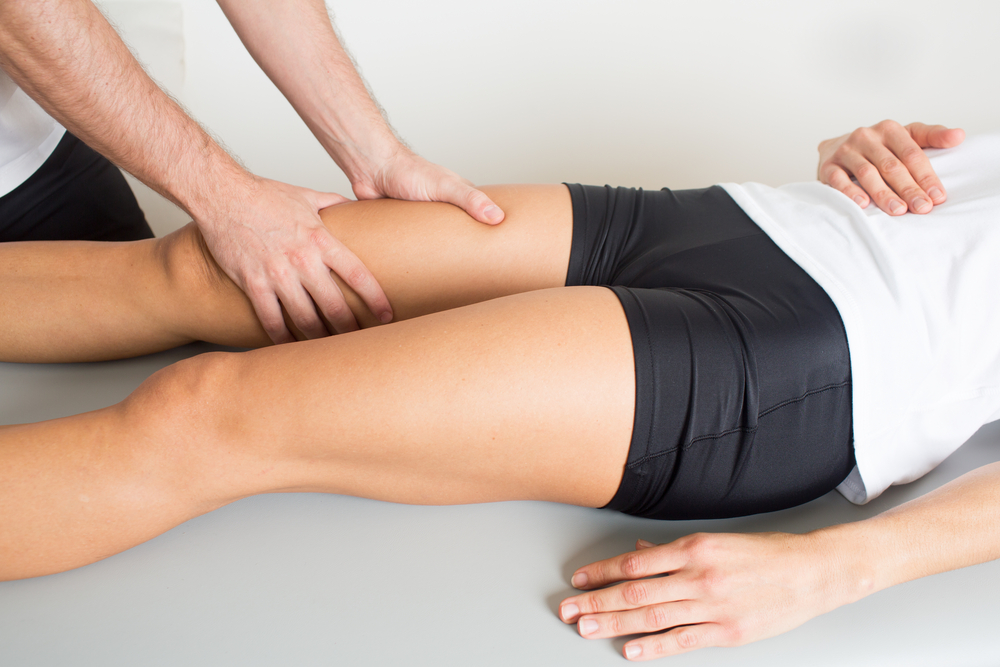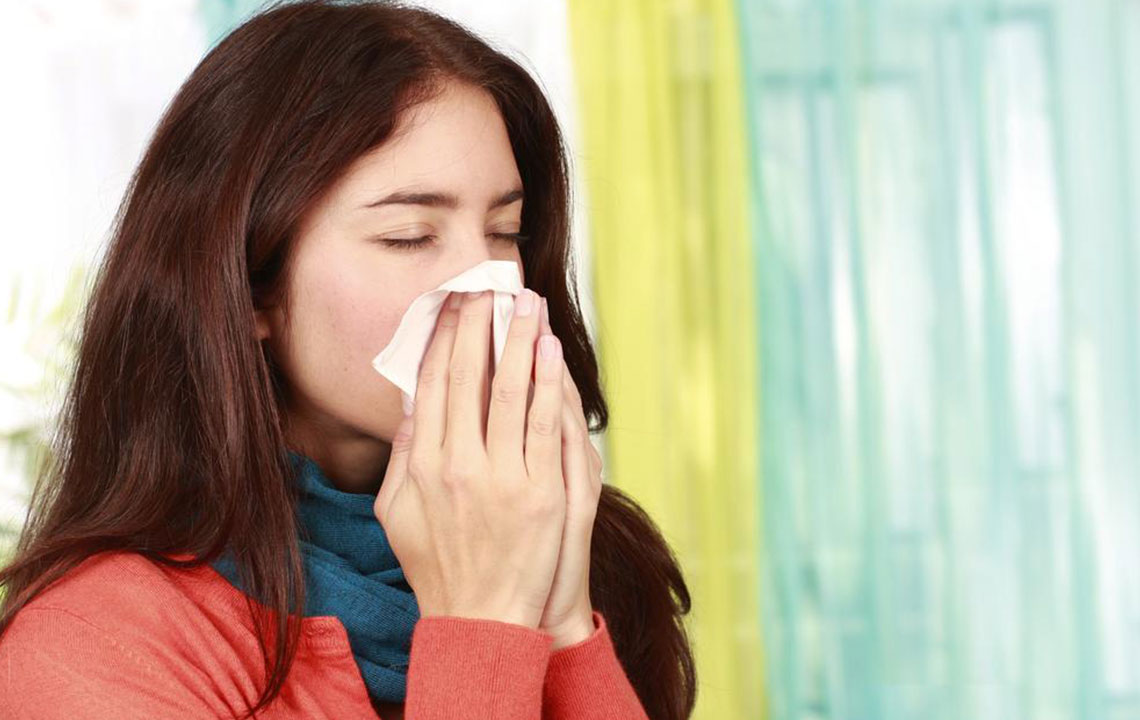Comprehensive Guide to Swollen Feet: Causes, Symptoms, and Effective Treatments
Swollen feet and ankles are common health concerns caused by various factors such as lifestyle, pregnancy, and underlying medical conditions. This detailed article explores causes, symptoms, and effective remedies, emphasizing when professional medical care is necessary. From simple home tips like elevation and compression stockings to identifying warning signs of serious issues like blood clots, readers will gain valuable insights to better understand and manage this condition. Proper care can reduce discomfort, improve circulation, and support overall health, especially during pregnancy or in older adults.

Comprehensive Guide to Swollen Feet: Causes, Symptoms, and Effective Treatments
Foot and ankle swelling, medically termed peripheral edema, is a widespread condition that affects many people across different age groups, especially seniors. This condition manifests as an abnormal accumulation of fluids in the tissues of the feet, ankles, and lower legs, often resulting in a puffy, swollen appearance that can be uncomfortable or even painful. While minor swelling might resolve on its own or with simple home remedies, persistent or severe swelling warrants medical attention to identify underlying health issues. Understanding the causes, recognizing symptoms, and knowing effective management strategies can help individuals alleviate discomfort and prevent complications.
This extensive guide provides comprehensive insights into what causes swollen feet, how to treat them effectively, and when to seek medical help. Whether you are experiencing occasional swelling or persistent discomfort, being informed empowers you to take appropriate action and improve your overall well-being.
Main Causes of Swollen Feet and Legs:
Obesity and Excess Weight: Excess body weight puts additional pressure on the lower limbs, impairing blood circulation and leading to fluid buildup in the feet and ankles. This can cause a persistent swelling that becomes uncomfortable over time.
Prolonged Standing or Sitting: Remaining in the same position for extended periods causes sluggish blood flow from the legs back to the heart, resulting in fluid pooling in the lower limbs and swelling. This is common among office workers or individuals with sedentary lifestyles.
Pregnancy-Related Swelling: During pregnancy, hormonal changes and increased blood volume lead to fluid retention, especially in the second and third trimesters. Swelling during pregnancy is usually mild but can become uncomfortable if not managed properly.
Blood Clots (Deep Vein Thrombosis): Blood clots in the deep veins of the legs hinder normal blood flow, causing sudden swelling, redness, and tenderness. Immediate medical attention is necessary if DVT is suspected.
Kidney Dysfunction: Kidney failure or disease reduces the body’s ability to eliminate excess fluids, resulting in swelling of the feet, ankles, and legs. This is often accompanied by other symptoms such as fatigue or changes in urine output.
Hormonal Fluctuations and Medications: Conditions like hypothyroidism, hormonal therapy, or use of certain medications such as birth control pills can impair circulation and promote fluid retention.
Liver Problems: Liver diseases such as cirrhosis impair protein production, leading to fluid leakage from blood vessels into surrounding tissues.
Infections or Injuries: Local infections, cellulitis, or physical injuries can cause localized swelling, redness, and warmth, often requiring targeted treatment.
When to Seek Medical Help:
If swelling occurs suddenly and is associated with chest pain, shortness of breath, dizziness, or fainting—these could be signs of serious conditions like blood clots or heart problems.
If the swelling is persistent or worsening despite rest and home remedies.
If swelling is accompanied by redness, warmth, or pain indicating possible infection.
If any swelling occurs during pregnancy along with symptoms such as nausea, dizziness, or severe discomfort—prompt evaluation is critical.
If you experience fever along with swelling, which could indicate an infection needing medical intervention.
Effective Home Remedies and Self-Care Tips:
Leg Elevation: Elevate your legs above heart level using pillows or cushions whenever resting to facilitate fluid drainage and reduce swelling.
Regular Movement: Avoid prolonged periods of inactivity by standing up, stretching, or walking every couple of hours to improve circulation.
Reduce Salt Intake: Limiting salt consumption helps prevent fluid retention, thereby reducing swelling and discomfort.
Wear Comfortable Clothing: Opt for loose, breathable clothing around your legs and ankles to avoid constriction that may impair circulation.
Maintain a Healthy Weight: Managing body weight through a balanced diet and regular exercise can significantly reduce pressure on lower limbs and prevent swelling.
Managing Swollen Feet During Pregnancy:
Leg Elevation: Elevate your legs whenever possible to help reduce fluid buildup and ease discomfort.
Supportive Footwear: Wear well-fitting, supportive shoes that provide comfort and improve circulation.
Avoid Standing for Long: Limit time spent standing to prevent excessive swelling, especially in later pregnancy stages.
Stay Hydrated: Drinking plenty of water helps prevent dehydration and promotes proper fluid balance in the body.
Use Compression Stockings: Compression socks or stockings exert gentle pressure, reducing swelling and supporting blood flow.
This comprehensive guide aims to educate individuals about the many factors contributing to swollen feet, effective strategies for relief, and situations requiring professional medical evaluation. Managing foot swelling actively can improve quality of life and prevent potential complications associated with underlying health conditions.





